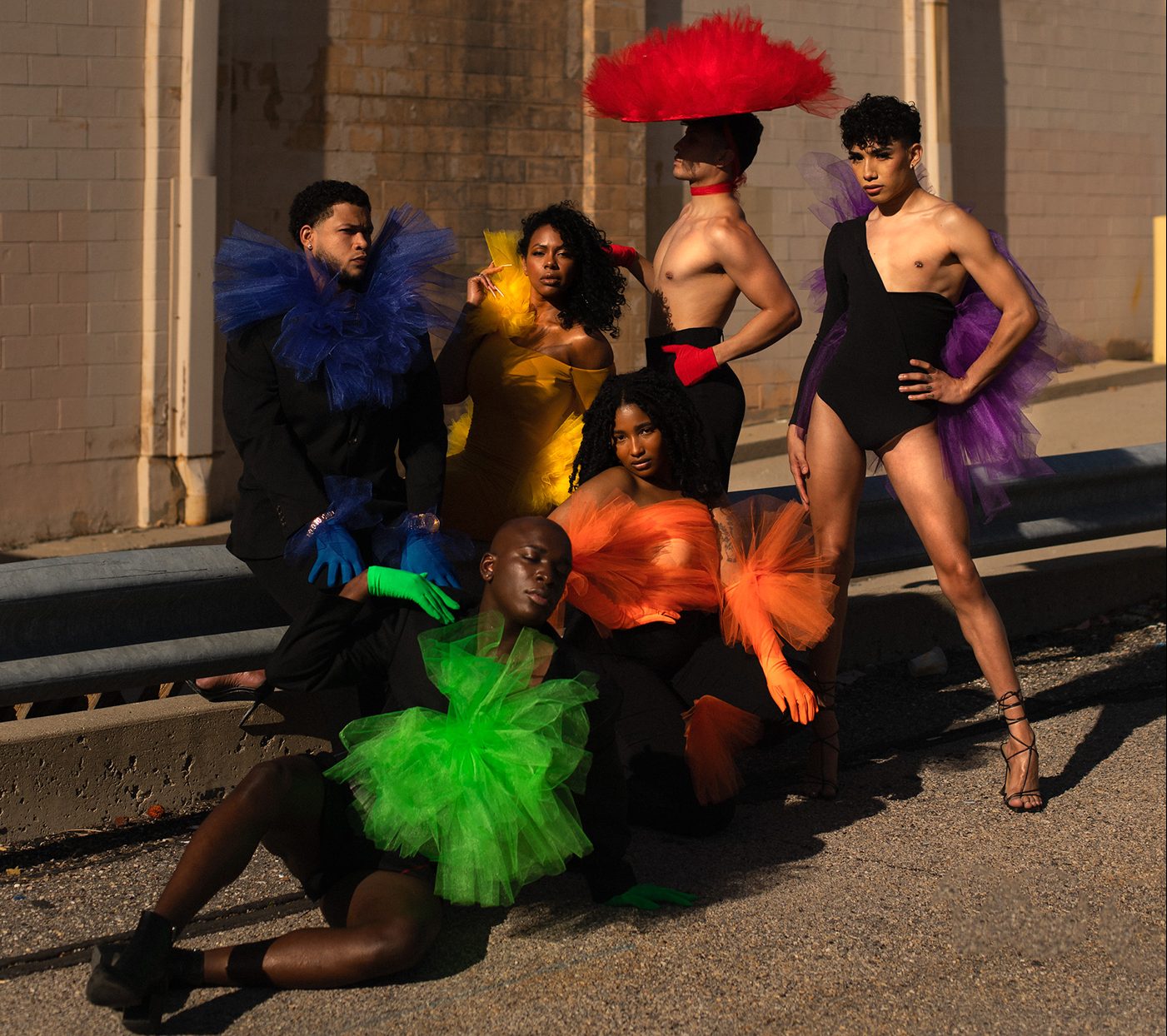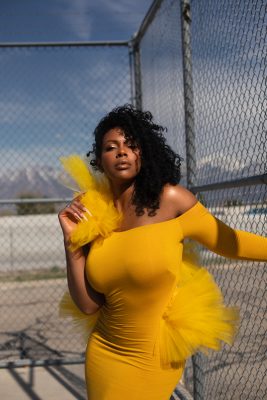
Intersectionality’s Beauty in Utah
Activism, Outreach and Education
Understanding intersectionality will help you grasp the meaning behind this article. Intersectionality is a prism through which we understand how multiple forms of inequality or disadvantages sometimes combine themselves and create obstacles that are often not understood within conventional ways of thinking about anti-racism, LGBTQ+ rights, feminism, etc.
The words “there is no such thing as a single-issue struggle because we do not live single-issue lives” from Audre Lorde ring so very true to me. I am a Black, Biracial, bisexual female, and with that comes a mixture of racial stereotypes and gender stereotypes for which I’ve faced racism, sexism, discrimination and harassment. Yet, there’s still more to me than that. I am also a mother to three sons, an educator, a yoga instructor and a freelance model—I’m multifaceted. I understand that I am Black before I am anything else due to how this country was established. I am Black first, and then I am seen as a woman, then as a queer person.
Although I came out as a teen, being queer is not something I openly announce to people. As I mentioned, I receive enough backlash and criticism for just being a Black woman. From what I’ve experienced, it’s easy for people to pigeonhole you into another group once they find out you’re queer. Assumptions based on stereotypes can sound like, “Oh, she’s into threesomes,” “She’s a freak.” Just as anyone else, I have my own preferences when it comes to sexuality and relationships. As a person who prefers to be monogamous, the assumption that I must be polyamorous because of my sexuality is another misconception that falls under the prejudice people such as myself face.

“From what I’ve experienced, it’s easy for people to pigeonhole you into another group once they find out you’re queer.”
Until societal standards change, those three simple constructs—Black, bisexual, female—have isolated and secluded me most of my life. As a Black, bisexual female, I’ve never fit Utah’s “standard of beauty.” It has only been recently that as a model I have been able to work with beauticians who are trained in ethnic hair and beauty, not just individuals with fair skin and blonde hair. It takes “thick skin” and, especially, a lot of self-love to model in a state where 1.5% of the population is Black—an increase from when I was growing up.
Within Utah’s progress, content creators are branching out and trying to be more inclusive. However, it is apparent that white content is still favored over BIPOC content. I understand that Utah is slowly but surely making progress in terms of representation, and I hope the intentions of diverse recruitment are pure and genuine. I LOVE to see the young LGBTQ+ and BIPOC community creating, modeling, getting into film, etc. Whether the Utah market is ready or not, it’s time to show everyone that the LGBTQ+ and BIPOC communities are the standard of beauty!
“Strength lies in differences, not similarities,” is a motto Jesus Rodriguez, a local photographer and my friend, stands by. Both Jesus and I want to make sure our work is in line with our purpose. So with social justice issues weighing heavy on both our shoulders, we wanted to do something special for this year’s Pride month. We put together a shoot that was true and genuine to Utah’s LGBTQ+ and BIPOC community. From the makeup artist, models to the photographer, everyone involved is part of the community. Here we make a stance and collaborate and celebrate, expressing and embracing the beauty in our uniqueness, diversity and similarities. As we build kinship in a state where reportedly 67.70% are LDS, 90.6% White, 14.4% Hispanic or Latino and 1.5% of the population is Black, we are here! Honestly, what more is there to celebrate during Pride than the LGBTQ+ and BIPOC community in our state. Hopefully, other creatives in the LGBTQ+ and BIPOC community in general will feel inspired and empowered and we’ll start to see more inclusivity and representation.
“Whether the Utah market is ready or not, it’s time to show everyone that the LGBTQ+ and BIPOC communities are the standard of beauty!”
Actual change is sustainable. Photographers, modeling agencies and brands can not think that using Black models only while BLM is a hot topic will be significant. True change will pass the test of time, and that requires believing representation matters. To truly understand the beauty of representation, know that we are all complex humans that fit into multiple categories.
People need to stop pigeonholing other people into boxes and check their own biases. As a photographer, creative or stylist, question whether you’re hiring the same “type” of a model because they gain likes on social media. If so, you’re feeding into the overall systematic issue—challenge and question who is being represented in one’s work and who it is serving. Doing so might assist in us moving toward a future that not only looks more inclusive but is. As a Black, Biracial, queer woman who has faced racism, discrimination and harassment here in Utah, I can’t stress the importance of intersectionality through representation in fashion, modeling, the arts, our schools, etc. enough.
“To truly understand the beauty of representation, know that we are all complex humans that fit into multiple categories.”
However, one cannot change outcomes without understanding how they come about. Identity isn’t a self-contained unit—it is a relationship between people in history, people in schools, people in communities, etc. Therefore, people need to be made aware that they are a part of someone’s identity. In seeing that interconnectedness, one can take ownership and they can, in turn, make that commitment to understanding and begin implementing diverse representation and offering opportunities to all peoples’ models, not just the ones that fit the social construct.
